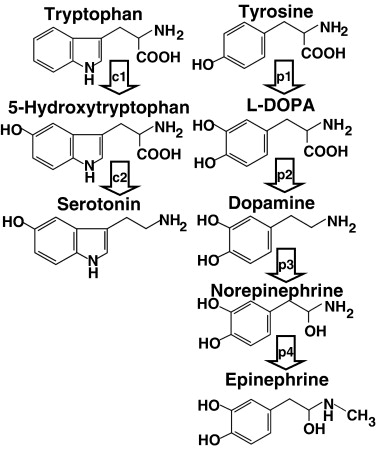Cities, Volume 26, August 2009
Urban forests are integral components of urban ecosystems, which could generate significant ecosystem services, such as offsetting carbon emission, removing air pollutants, regulating the microclimate, and recreation. These ecosystem services contribute to improving environmental quality, quality of life, and sustainable urban development. Despite a long history of inserting vegetation in human settlements in China, modern scientific study of this natural-cum-cultural resource did not start until the 1990s.
Applied Soil Ecology, Volume 15, August 2000
Soil health is the capacity of soil to function as a vital living system, within ecosystem and land-use boundaries, to sustain plant and animal productivity, maintain or enhance water and air quality, and promote plant and animal health. Anthropogenic reductions in soil health, and of individual components of soil quality, are a pressing ecological concern.

